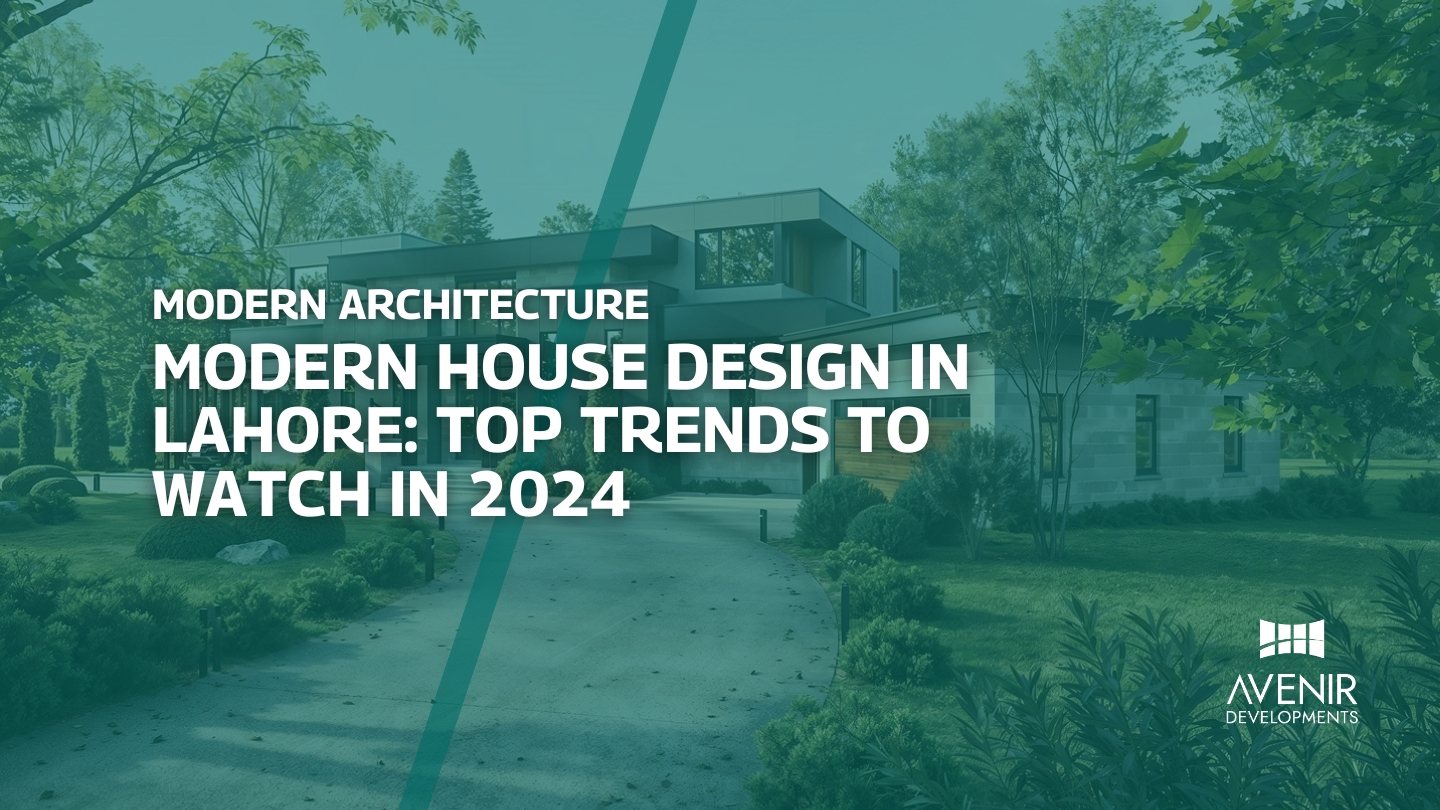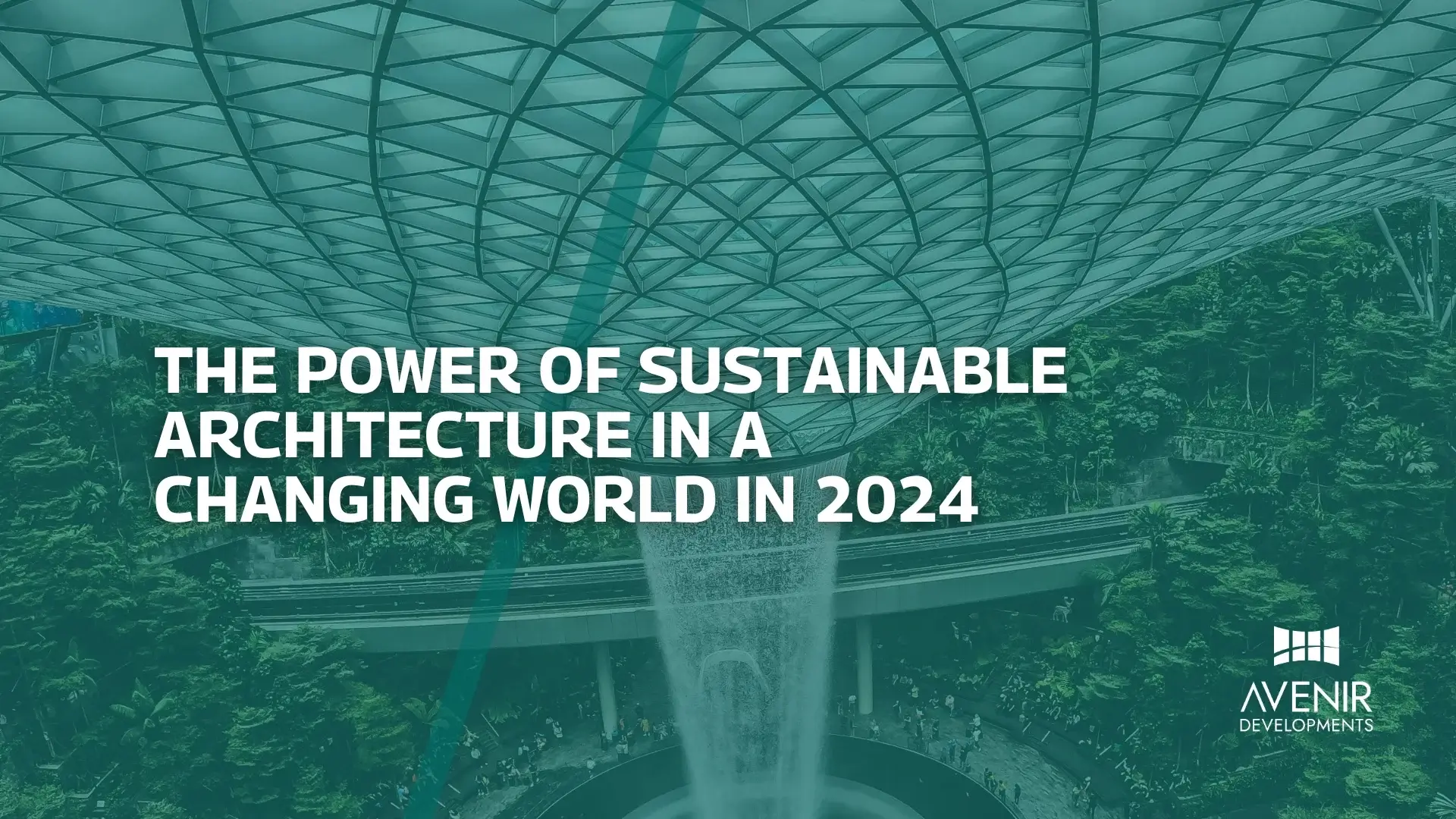The convergence of artificial intelligence (AI) and architecture is revolutionizing the way buildings are designed, constructed, and operated. As AI continues to advance at a rapid pace, it is reshaping the future of architecture by enabling architects to create innovative, sustainable, and efficient structures. In this article, we will explore the exciting possibilities that AI brings to the field of architecture and how it is transforming the way we approach the built environment.
AI and the future of architecture is a captivating blend of creativity and technology. As artificial intelligence continues to evolve, it is reshaping the way we design, construct, and experience our built environment. From the initial conceptualization to the final construction phase, AI is revolutionizing every aspect of the architectural process.
A New Era of Design
Artificial intelligence is no longer a futuristic concept; it’s a reality that is transforming industries worldwide. The architecture and design sector is no exception. With its ability to process vast amounts of data, AI is empowering architects to push the boundaries of creativity and innovation.
One of the most significant impacts of AI on architecture is the acceleration of the design process. AI-powered design tools can generate multiple design options in a fraction of the time it would take a human designer. By analyzing complex data sets, such as building codes, environmental factors, and client preferences, AI can identify optimal design solutions.
Furthermore, AI is enhancing the accuracy and efficiency of architectural drawings. With the help of machine learning algorithms, AI can automatically generate precise 2D and 3D models, reducing the risk of errors and saving valuable time.
Another exciting application of AI in architecture is generative design. By defining specific design parameters and constraints, AI can generate a multitude of innovative design solutions. This opens up new possibilities for architects to explore unconventional and sustainable designs.
AI-Driven Construction and Sustainability
The construction industry, a cornerstone of the architectural process, is also benefiting from the integration of AI. AI-powered construction management tools can optimize project schedules, track material usage, and identify potential risks. By analyzing real-time data, AI can help construction teams make informed decisions and avoid costly delays.
Moreover, AI is playing a crucial role in promoting sustainable architecture. By simulating energy consumption and environmental impact, AI can help architects design buildings that are both energy-efficient and environmentally friendly. AI-powered systems can also optimize building operations, reducing energy consumption and carbon emissions.
In Pakistan, the construction industry is undergoing a digital transformation, and AI is at the forefront of this change. Several local companies are exploring the potential of AI to improve construction efficiency and sustainability. By embracing AI, Pakistan can position itself as a leader in sustainable and innovative architecture.
Key AI Trends Shaping the Future of Architecture:
- Generative Design: AI algorithms can generate countless design options based on specific parameters, leading to innovative and unconventional architectural forms.
- Virtual and Augmented Reality: AI-powered VR and AR technologies are revolutionizing the way architects visualize and experience their designs, enhancing client collaboration and decision-making.
- Building Information Modeling (BIM): AI-enhanced BIM software can streamline the design and construction process, improving project coordination and reducing errors.
- Smart Buildings: AI-powered smart building systems can optimize energy consumption, enhance occupant comfort, and improve overall building performance.
As AI continues to evolve, it is essential for architects to embrace this technology and adapt to the changing landscape. By leveraging AI, architects can create more sustainable, efficient, and inspiring buildings that shape the future of our cities and communities.
Expert Tips for Architects Embracing AI
- Embrace Continuous Learning: The field of AI is rapidly evolving. Stay updated on the latest trends and technologies by attending workshops, conferences, and online courses.
- Collaborate with AI Experts: Work closely with AI experts and data scientists to leverage their knowledge and skills.
- Experiment with AI Tools: Explore AI-powered design tools and software to streamline your workflow and enhance your creativity.
- Prioritize Data Quality: Ensure that the data used to train AI models is accurate, reliable, and relevant.
- Consider Ethical Implications: Be mindful of the ethical implications of using AI, such as bias and privacy concerns.
- Start Small: Begin by implementing AI in specific areas of your practice, such as energy modeling or structural analysis.
- Foster a Culture of Innovation: Encourage creativity and experimentation within your firm.
- Build Strong Client Relationships: Explain the benefits of AI-powered design and involve clients in the decision-making process.
By following these tips, architects can harness the power of AI to create innovative, sustainable, and beautiful buildings.
The Role of AI in Architectural Design
Enhancing Design Creativity with AI
In the realm of architectural design, AI is serving as a powerful tool to augment human creativity. With advanced algorithms and machine learning capabilities, AI can analyze vast amounts of data, generate design options, and provide valuable insights to architects. By automating repetitive tasks and offering intelligent design suggestions, AI allows architects to focus more on the creative aspects of their work.
Utilizing Generative Design in Architecture
Generative design, a subset of AI, is making significant strides in architectural innovation. By leveraging algorithms and computational power, generative design enables architects to explore numerous design alternatives quickly. It generates optimized solutions based on specific parameters such as space utilization, structural integrity, and energy efficiency. Architects can then evaluate these options and make informed decisions that align with their vision and project requirements.
Optimizing Energy Efficiency and Sustainability
Sustainable architecture has become a paramount concern in the face of climate change. AI plays a pivotal role in optimizing energy efficiency and sustainability in architectural design. Through data analysis and simulations, AI algorithms can assess building performance, predict energy consumption, and propose design modifications to minimize environmental impact. This integration of AI and architecture promotes the creation of eco-friendly structures that reduce energy consumption and carbon footprint.
Improving Building Performance with AI Sensors
In the construction and operation phase of buildings, AI-powered sensors offer invaluable insights to enhance performance and occupant comfort. These sensors can monitor environmental conditions, such as temperature, humidity, and air quality, in real-time. AI algorithms analyze the sensor data to identify patterns and anomalies, enabling predictive maintenance and optimizing building operations. By continuously adapting to changing conditions, AI ensures optimal comfort levels while reducing energy waste.
AI Advancements in Construction and Project Management
Automating Construction Processes with Robotics
The integration of AI and robotics is transforming the construction industry. Robots equipped with AI algorithms can perform repetitive tasks with precision and efficiency, reducing human error and enhancing productivity. From bricklaying to site inspection, these intelligent machines accelerate construction timelines and improve overall project delivery. With the assistance of AI-powered robots, architects and construction teams can bring their designs to life swiftly and accurately.
AI-Enabled Project Management and Risk Assessment
Efficient project management is crucial for the successful execution of architectural projects. AI facilitates streamlined project management by automating administrative tasks, tracking progress, and identifying potential risks. By analyzing historical data and project parameters, AI algorithms can predict project outcomes, helping architects and project managers make informed decisions. AI also enables real-time collaboration, ensuring seamless communication and coordination among project stakeholders.
Enhancing Safety through AI-Powered Monitoring Systems
Safety is paramount in the construction industry, and AI-powered monitoring systems play a vital role in ensuring a secure work environment. AI algorithms can analyze video feeds from construction sites to detect potential safety hazards and identify non-compliance with safety regulations. This proactive approach minimizes the risk of accidents and enhances overall construction site safety. AI-driven monitoring systems offer architects and construction teams peace of mind while working on complex projects.
FAQs about AI and the Future of Architecture
FAQ 1: How does AI impact architectural creativity?
AI complements architectural creativity by automating mundane tasks and providing design suggestions. By freeing up architects’ time, AI allows them to focus on pushing the boundaries of design and exploring innovative solutions.
FAQ 2: Can AI really optimize energy efficiency in buildings?
Yes, AI can optimize energy efficiency in buildings by analyzing data, conducting simulations, and proposing design modifications. It helps architects make informed decisions that reduce energy consumption and promote sustainability.
FAQ 3: Will AI replace architects in the future?
No, AI will not replace architects. Instead, it will empower them by automating repetitive tasks and providing valuable insights. Architects will continue to play a central role in the creative and conceptual aspects of architectural design.
FAQ 4: How does AI improve construction efficiency?
AI improves construction efficiency by automating tasks, enhancing project management, and utilizing robotics. It accelerates construction timelines, reduces errors, and optimizes resource allocation.
FAQ 5: Can AI improve safety on construction sites?
Yes, AI can improve safety on construction sites by analyzing video feeds and detecting potential safety hazards. It enables proactive monitoring and helps prevent accidents.
FAQ 6: What are the challenges in adopting AI in architecture?
One of the main challenges in adopting AI in architecture is the need for extensive data collection and analysis. Additionally, integrating AI into existing workflows and ensuring data security are important considerations.
Conclusion
The future of architecture is being shaped by the remarkable advancements in artificial intelligence. From design creativity to construction efficiency and sustainability, AI offers architects unprecedented tools and insights. By leveraging AI’s capabilities, architects can create buildings that are not only visually stunning but also environmentally conscious and technologically advanced. Embracing AI in architecture will enable us to build a future where our cities are smarter, more sustainable, and designed to meet the evolving needs of humanity.
AI is reshaping the future of architecture, offering unprecedented opportunities for innovation and sustainability. By embracing AI, architects can create more intelligent, efficient, and environmentally friendly buildings. While challenges remain, the potential benefits of AI are immense. By staying informed, collaborating with experts, and experimenting with AI tools, architects can position themselves at the forefront of this exciting new era.
Ready to elevate your architectural projects with AI? Contact Avenir Developments today to discuss how our expertise can help you harness the power of AI and create extraordinary spaces.
Read More: Choose the Right Architecture Firm for Your Awesome Project in 2024





